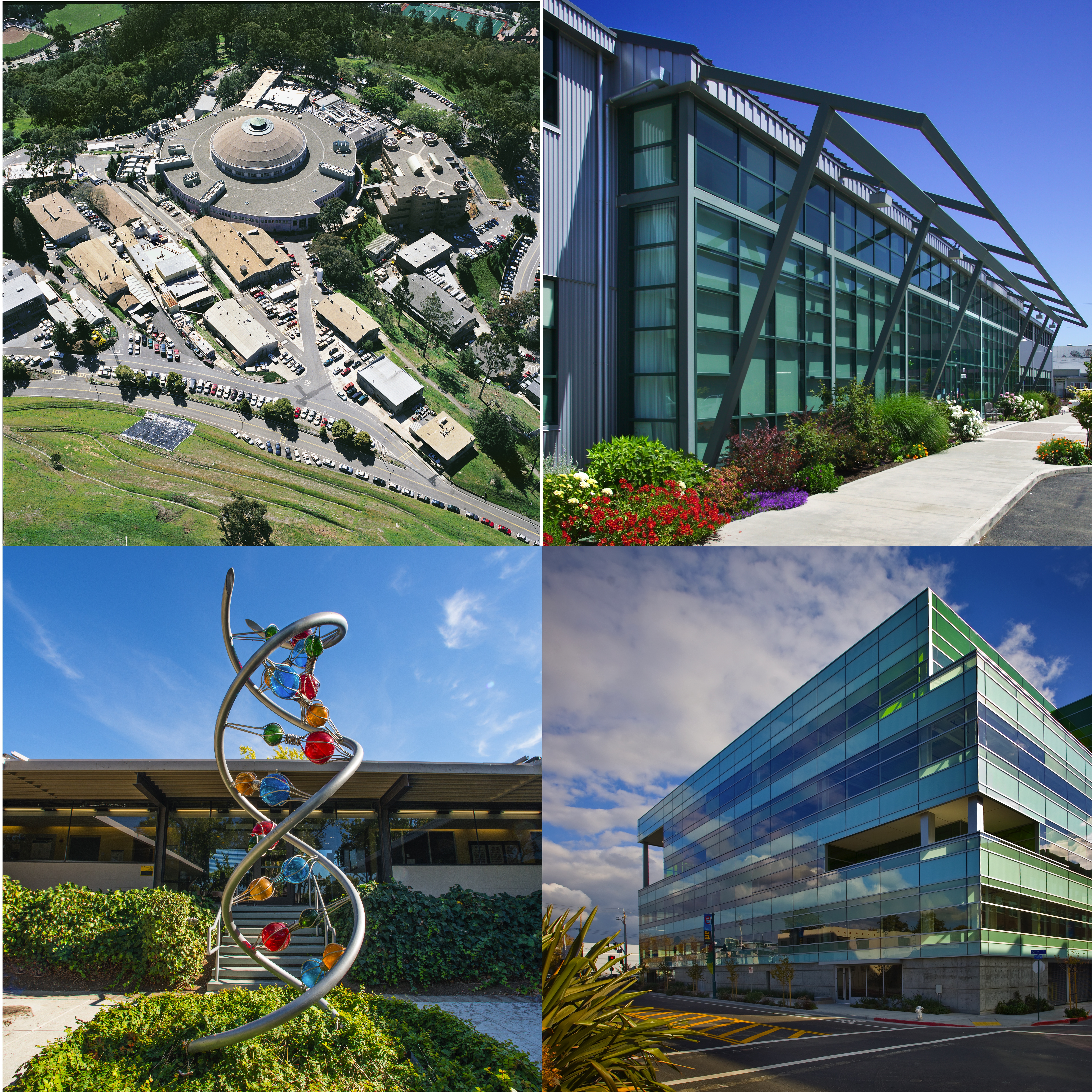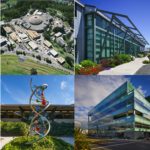 The projects of 14 Biosciences Area scientists and engineers received funding through the FY19 Laboratory Directed Research and Development (LDRD) program. The funded projects span a diverse array of topics and approaches including the harnessing of microbiome data to uncover patterns of mutualism, evaluating radiobiological effects of laser-accelerated ion beams, improving bioenergy yield under drought stress, and the application of machine learning in tomogram segmentation. Lab-wide, 89 projects were selected from a field of 158 proposals. Biosciences Area efforts account for 17.6 percent of the $22.2 million allocated.
The projects of 14 Biosciences Area scientists and engineers received funding through the FY19 Laboratory Directed Research and Development (LDRD) program. The funded projects span a diverse array of topics and approaches including the harnessing of microbiome data to uncover patterns of mutualism, evaluating radiobiological effects of laser-accelerated ion beams, improving bioenergy yield under drought stress, and the application of machine learning in tomogram segmentation. Lab-wide, 89 projects were selected from a field of 158 proposals. Biosciences Area efforts account for 17.6 percent of the $22.2 million allocated.
Last year, the Lab introduced an Early Career Development (ECD) funding track open to candidates no more than five years removed from their PhD. From the Environmental Genomics and Systems 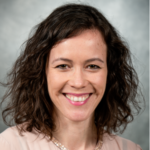 Biology (EGSB) Division, research scientist Esther Singer received a new award via this track to improve bioenergy yield under
Biology (EGSB) Division, research scientist Esther Singer received a new award via this track to improve bioenergy yield under 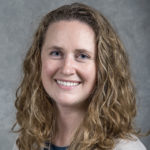 drought stress. In addition, from the Joint Genome Institute (JGI), Metagenome Program lead Emiley Eloe-Fadrosh and research scientist Simon Roux received
drought stress. In addition, from the Joint Genome Institute (JGI), Metagenome Program lead Emiley Eloe-Fadrosh and research scientist Simon Roux received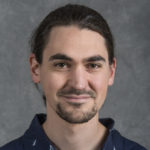 continued funding via the ECD track for their research harnessing microbiome data to uncover patterns of microbial mutualism, and examining high-throughput resolution viral-host linkages, respectively. EGSB Division Deputy Ben Brown was
continued funding via the ECD track for their research harnessing microbiome data to uncover patterns of microbial mutualism, and examining high-throughput resolution viral-host linkages, respectively. EGSB Division Deputy Ben Brown was 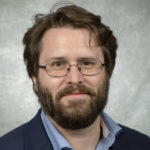 awarded a new LDRD to develop third-wave machine learning for the biosciences and continued funding to deploy machine learning to engineer agriculture. Both are part of the Machine Learning for Science Lab-wide Initiative, which aims to surmount the hurdles of next generation computational speed and analytical techniques from programming, statistical, and mathematical methods.
awarded a new LDRD to develop third-wave machine learning for the biosciences and continued funding to deploy machine learning to engineer agriculture. Both are part of the Machine Learning for Science Lab-wide Initiative, which aims to surmount the hurdles of next generation computational speed and analytical techniques from programming, statistical, and mathematical methods. 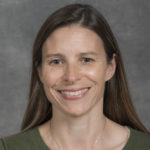 Susannah Tringe will be supporting a different Lab-wide Initiative, Water-Energy Nexus, which is focused on addressing water-energy challenges including advanced water treatment and reuse. Tringe will be studying the microbial communities found in water produced as a byproduct along with oil and gas that has been recycled for reuse. Also
Susannah Tringe will be supporting a different Lab-wide Initiative, Water-Energy Nexus, which is focused on addressing water-energy challenges including advanced water treatment and reuse. Tringe will be studying the microbial communities found in water produced as a byproduct along with oil and gas that has been recycled for reuse. Also 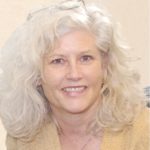 funded was EGSB Division Director Louise Glass’s ongoing endeavor taking a systems biology approach to dissecting regulatory and metabolic networks of filamentous fungi involved in carbon cycling.
funded was EGSB Division Director Louise Glass’s ongoing endeavor taking a systems biology approach to dissecting regulatory and metabolic networks of filamentous fungi involved in carbon cycling.
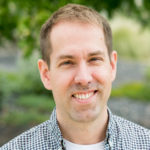 From the Biological Systems and Engineering (BSE) Division, staff scientist Antoine Snijders and research scientist Eric Sundstrom received funding for new
From the Biological Systems and Engineering (BSE) Division, staff scientist Antoine Snijders and research scientist Eric Sundstrom received funding for new  research projects. Snijders will evaluate the radiobiological effects of laser-accelerated ion beams. Sundstrom will develop new hosts to enable effective electrons-to-biomass conversion. Staff scientist Kristofer Bouchard and senior
research projects. Snijders will evaluate the radiobiological effects of laser-accelerated ion beams. Sundstrom will develop new hosts to enable effective electrons-to-biomass conversion. Staff scientist Kristofer Bouchard and senior 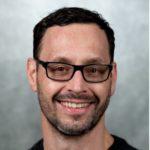 staff scientist Steven Singer received funding for ongoing projects. Bouchard is continuing his efforts to reveal the organization and dynamics of the sensorimotor cortex by mapping structure to function across micro-to-mesoscales.
staff scientist Steven Singer received funding for ongoing projects. Bouchard is continuing his efforts to reveal the organization and dynamics of the sensorimotor cortex by mapping structure to function across micro-to-mesoscales. Singer is engineering microbial one-carbon conversion for biosurfactant production.
Singer is engineering microbial one-carbon conversion for biosurfactant production.
From the Molecular Biophysics and Integrated Bioimaging (MBIB) Division, staff 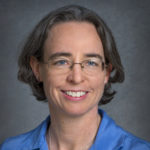 scientist Corie Ralston and senior scientist Nicholas Sauter received funding via the Lab-wide Initiative track for new projects. Ralston’s engineering of advanced biogenics for the detection, binding, and control of metal in the environment falls under the Advanced Biogenic Chemicals and Materials Initiative, which seeks to complement current
scientist Corie Ralston and senior scientist Nicholas Sauter received funding via the Lab-wide Initiative track for new projects. Ralston’s engineering of advanced biogenics for the detection, binding, and control of metal in the environment falls under the Advanced Biogenic Chemicals and Materials Initiative, which seeks to complement current 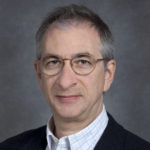 methods of producing chemicals and materials with processes that reduce their
methods of producing chemicals and materials with processes that reduce their 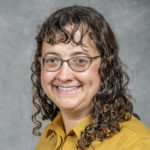 dependence on petroleum inputs and environmentally harmful chemistry. Sauter’s work on interactive machine learning for tomogram segmentation and annotation falls under the Machine Learning for Science Initiative. In addition, staff scientist Karen Davies’s project integrating metagenomics and electron cryotomography (cryo-ET) to characterize biological “dark matter” communities was awarded funding. And faculty
dependence on petroleum inputs and environmentally harmful chemistry. Sauter’s work on interactive machine learning for tomogram segmentation and annotation falls under the Machine Learning for Science Initiative. In addition, staff scientist Karen Davies’s project integrating metagenomics and electron cryotomography (cryo-ET) to characterize biological “dark matter” communities was awarded funding. And faculty  scientist Na Ji received funding for her ongoing research to develop high-resolution optical microscopy methods for imaging plants and microbes.
scientist Na Ji received funding for her ongoing research to develop high-resolution optical microscopy methods for imaging plants and microbes.

